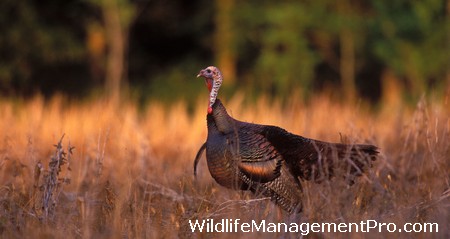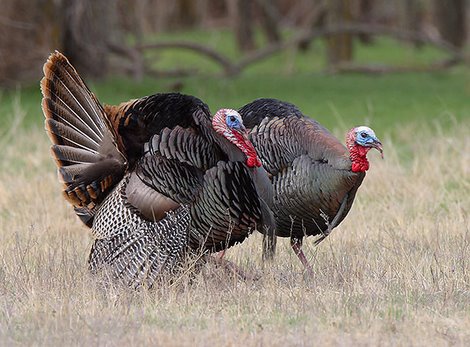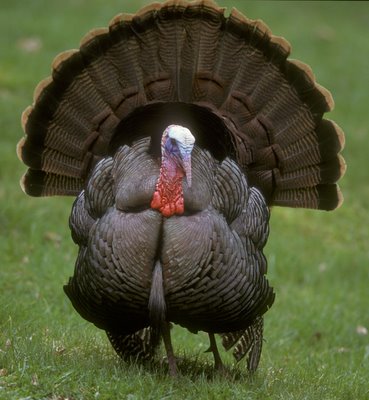What are common diseases of wild turkey and what are the symptoms? That’s what wildlife officials were digging into in Mississippi, but now it looks like these dead turkey may be the result of accidental poisoning or foul play. The Mississippi Department of Wildlife, Fisheries, and Parks (MDWFP), in conjunction with the Mississippi State University College of Veterinary Medicine, and the Southeast Cooperative Wildlife Disease Study (SCWDS) recently released findings associated with the deaths of 15 wild turkey hens in Tallahatchie County. The birds were reported by a landowner to local Conservation Officer Dale Adams, who subsequently collected the specimens for testing.
“We receive diseased turkey reports occasionally, but this case was unusual in that this entire flock had appeared to die together,” said Adam Butler, MDWFP Wild Turkey Program Coordinator. Butler immediately conferred with the Mississippi State University’s Veterinary Research and Diagnostic Laboratory, where necropsies were performed on the specimens. Each turkey had crops filled with wheat seed, along with vascular and pulmonary congestion.
“These birds showed no sign of any external abnormalities, and appeared to be in good physical condition before they died. That, in conjunction with the wheat in their crops and findings of internal hemorrhaging, made us immediately suspect poisoning,” continued Butler.
Wheat seeds from the crops were sent for testing by SCWDS, which subsequently confirmed that the wheat seed had been treated with insecticides. Seeds treated with organophosphates for pest control purposes can be harmful to a host of animals. Treated seeds are nearly always labeled to be covered by a layer of soil when planted for crops or food plots and should not be used as wildlife feed.
The MDWFP rarely recommends direct feeding of wildlife as a management practice. “There’s no legitimate reason to directly feed anything to wild turkeys,” stated Butler. “Follow the supplemental feeding law and use common sense. Definitely, always avoid placing a potentially harmful food source like treated seed on top of the ground where turkeys or other birds can find it.”


